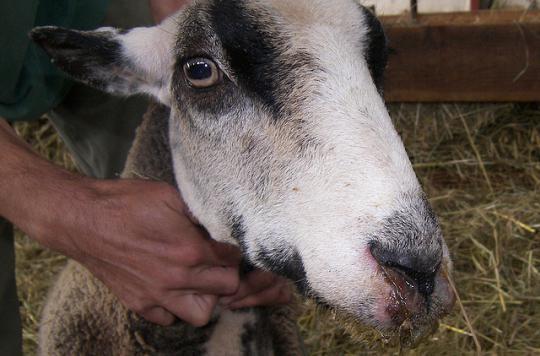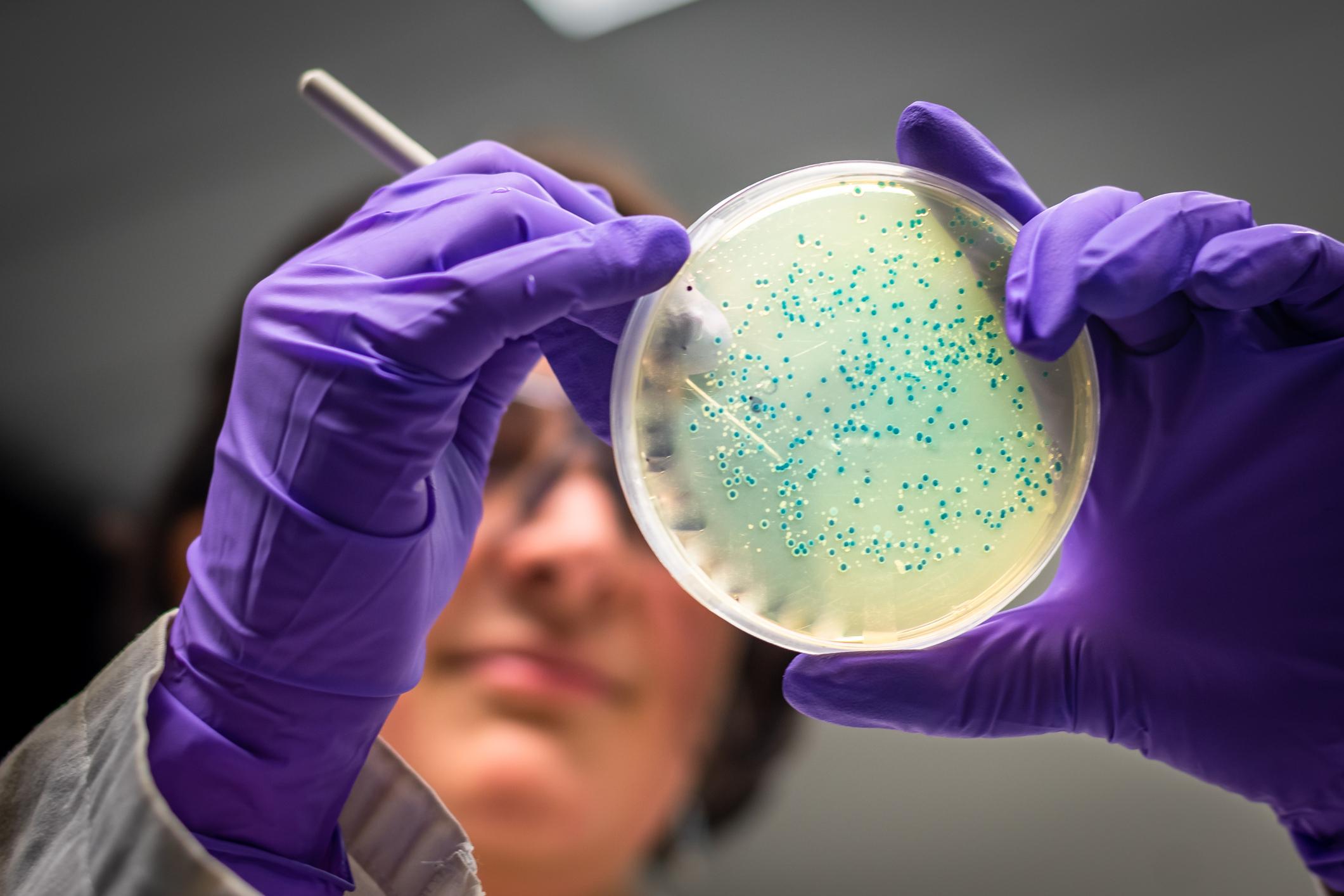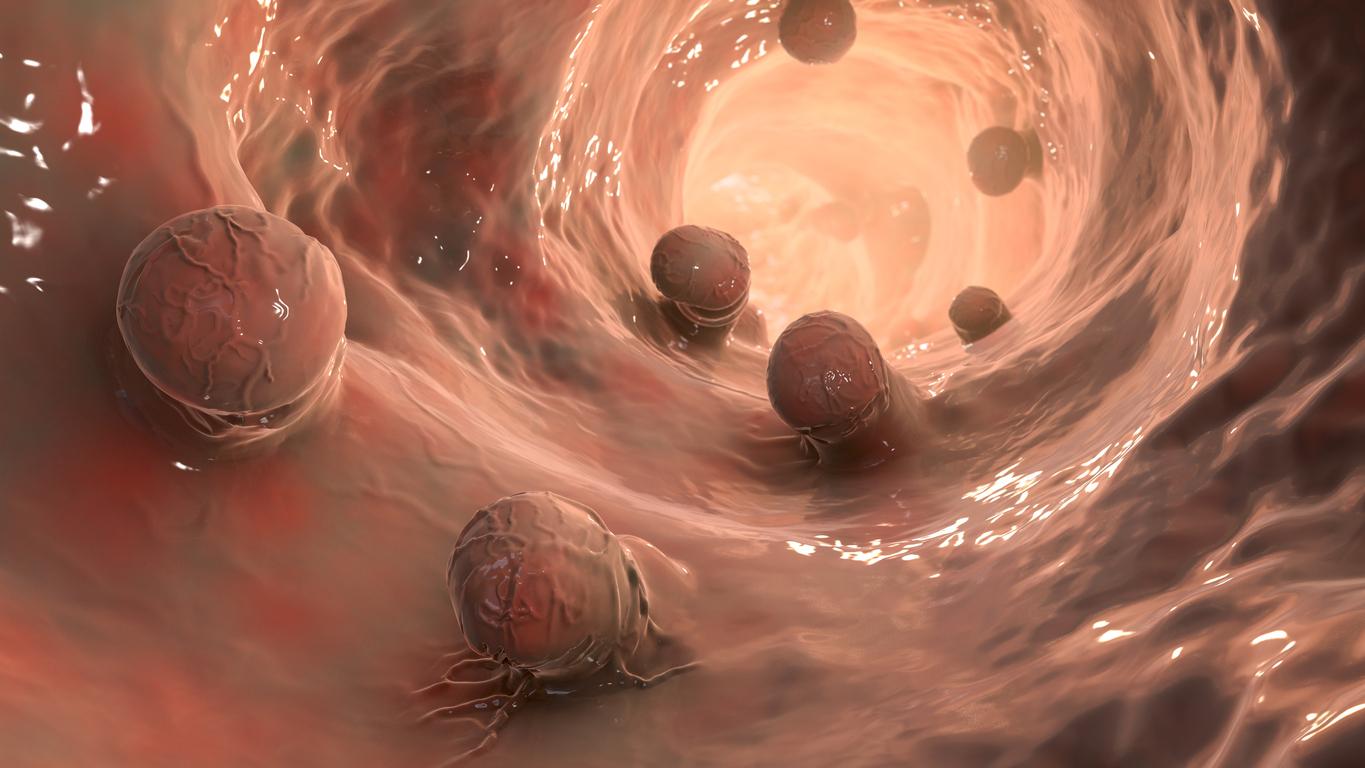Cases of bluetongue, a disease that mainly affects farm animals, have been detected in the Allier. There is no danger for humans.

It’s commonly called blue tongue disease, but its real name is bluetongue. Several cases of this disease have just been detected in the Allier, on cows and sheep, in a breeding region located about fifty kilometers north of Clermont-Ferrand.
Not transmissible to humans
Bluetongue is an exclusively animal infectious disease. It affects farmed ruminants such as sheep, cows and goats, and sometimes wild animals, such as deer or roe deer. The virus is transmitted by biting midges called Culicoides, similar to midges from northern Europe.
“This disease is not transmissible to humans and does not affect the quality of foodstuffs, whether meat or milk”, wanted to remind yesterday the Minister of Agriculture Stéphane Le Foll, anxious to limit the economic impact for breeders. “It does not represent a danger either for citizens or for consumers,” he insists.
Vaccination campaign
It must be said that the last French epidemic, from 2008 to 2010, had significant economic repercussions for breeders: a 15% drop in export activity for the beef sector and 24% for the sheep sector. . Hence a very quick reaction from the authorities: surveillance and containment measures have been put in place, within a radius of 150 km around the detected outbreak.
The ministry also announces the launch of a vaccination campaign, with 1.3 million doses of vaccine available next week, and the implementation of compensation measures for the farmers concerned. For the time being, around fifty cases have been identified: 27 cows and 6 sheep within the affected farm, and 14 additional cases in the immediate vicinity.
Avoid an epidemic
Blue tongue disease is rarely fatal in cattle, often causing only a passing fever. In sheep, on the other hand, it usually results in significant weight loss, inflammation of the mucous membranes – with occasional blue discoloration of the tongue – and high mortality. The incubation period is one week on average, two at most.
Of African origin, bluetongue tends to rise towards the south and west of Europe for about fifty years. The disease identified in Allier is said to be serotype 8. It is the same strain as during the last known epidemic, which struck France, Germany and Benelux between 2006 and 2010. The rapid implementation of measures of protection and vaccination aims to prevent this episode from happening again.













